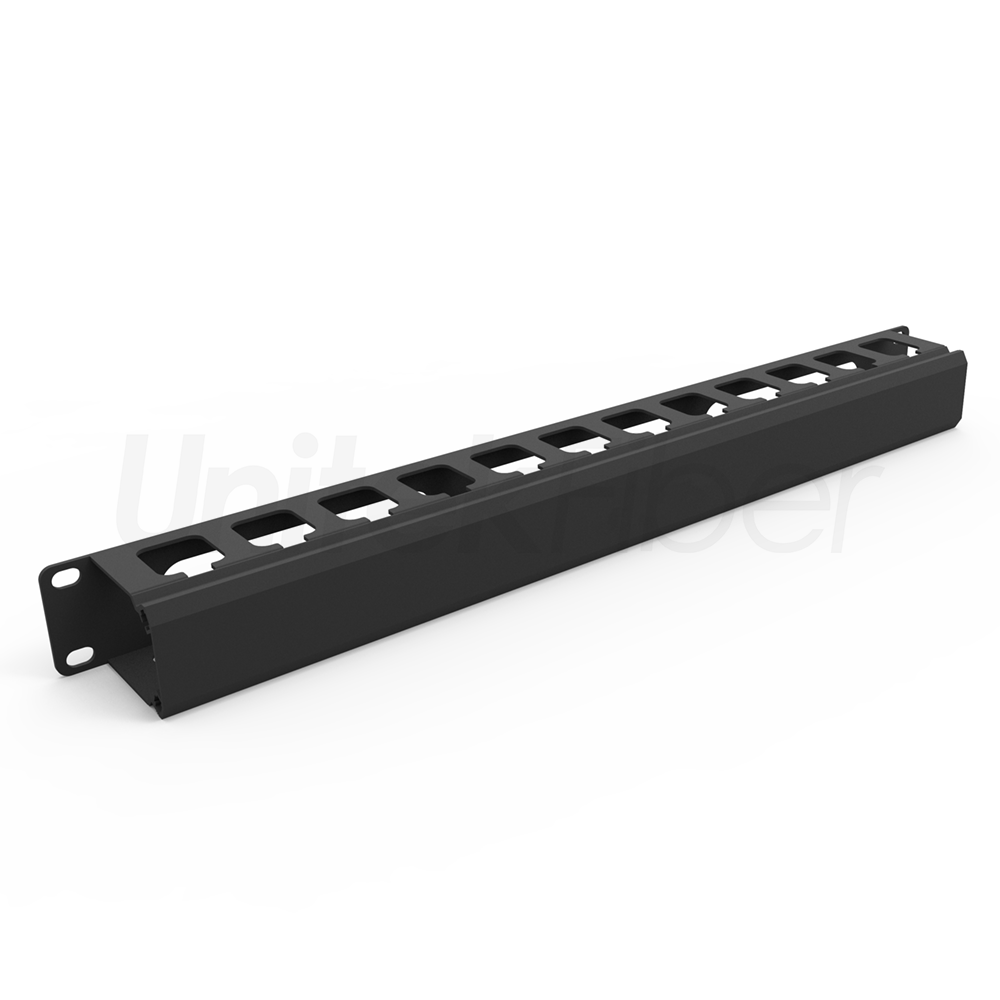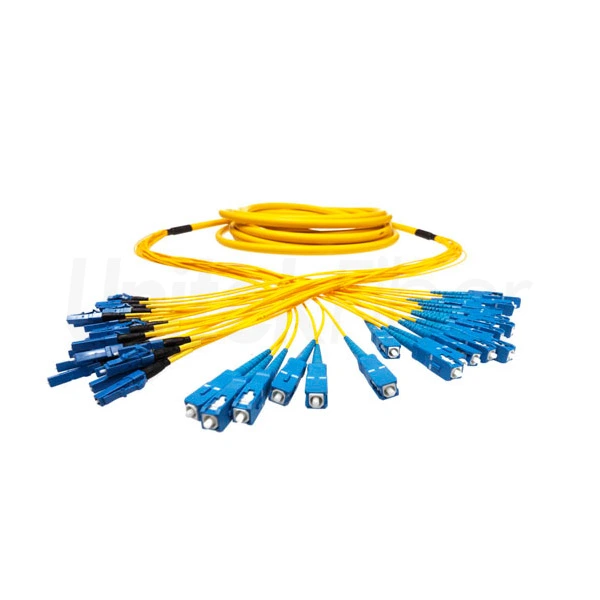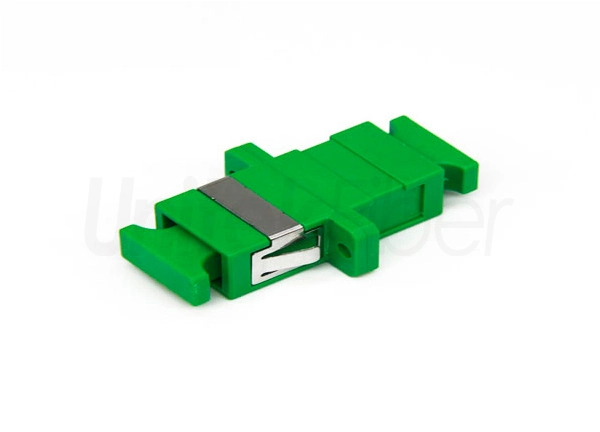
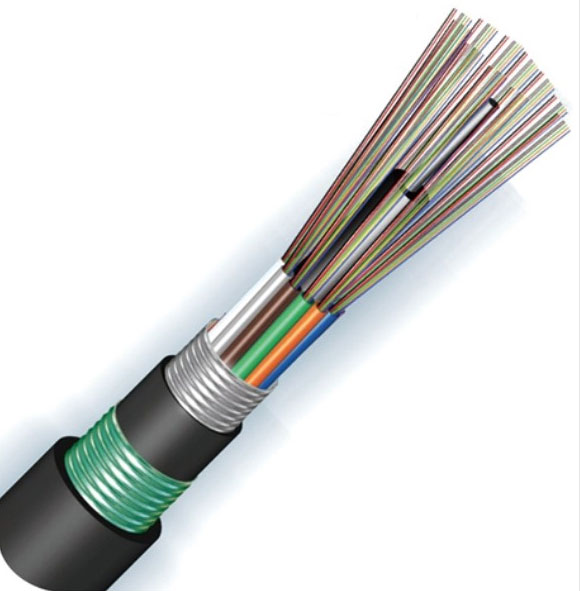
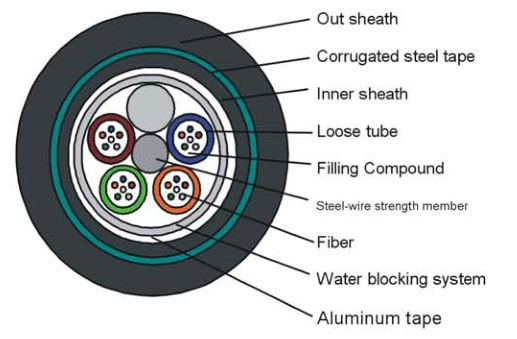
GYTA53 Fiber Optical Cable
Today, Shenzhen UnitekFiber came to tell you three common laying methods of outdoor optical cables
The direct buried fiber optic cables are suitable for the areas where excavation is not frequent between buildings.Direct buried fiber cables can also be used in frequently renovated areas or road edges under sidewalks.In areas with more underground pipeline networks, there may be places where molten metals and high-temperature liquids overflow, so it is not suitable to use directly buried optical fiber cables.
It is not suitable to use direct burial fiber cable in the soil corroded by chemical or stray current either.
Avoid areas with severe acid, alkali or chemical corrosion. If no protective measures are taken, avoid termite hazards, heat sources and areas vulnerable to external force damage.
Fiber optic cable should be laid in trenches, soft soil or sand layer with thickness not less than 100 mm along the upper, lower and adjacent sides of the full length of the cable.
Along the full length of the optical cable, the protective panels with a width not less than 50 mm on each side of the cable should be covered, and the protective panels should be made of concrete.
Located in urban roads and other places where excavation is frequent, and visible signs can be laid on the upper protective board.
Located in the suburbs or open areas, the lines along the cable path with a straight interval of about 100 meters, turning or joint parts, we should set up a clear azimuth sign and marking pile.
When directly buried fiber cable in the non-frozen soil area, the foundation from the outer jacket of optical cable to the underground structure shall not be less than 0.3m; the depth from the outer jacket of optical cable to the ground shall not be less than 0.7m. When located in the roadway or under the cultivated land, it shall be deepened appropriately, which is not less than 1m.
When directly buried fiber optic cables are located in the frozen soil area, it is better to bury it below the frozen soil layer. If they can not be buried deeply, they can be buried in the dry frozen soil layer or backfill soil with good drainage property of soil, and other measures can be taken to prevent the damage of optical cable.
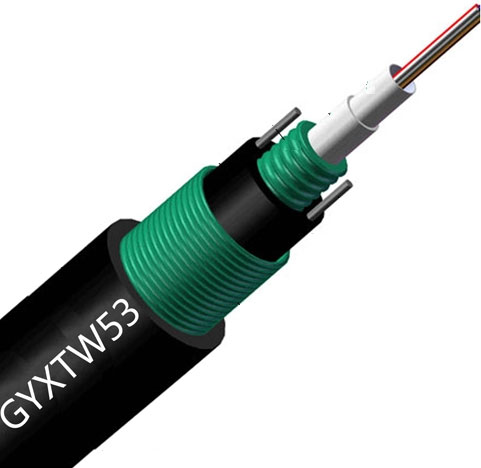
When directly buried optical cables intersect with railways, highways and streets, they should be put through protective pipes, and the protective scope is more than 0.5m on both sides of roadbed, street pavement and drainage ditch.
When pulling directly buried optical cables into constructions, the protective pipes should be installed at the holes through the walls, and water-blocking and blockage should be implemented at the orifices of the pipes.
The distance between direct buried fiber cables and adjacent optical cables shall not be less than 0.25m, and the joint positions of parallel optical cables shall be staggered and not less than 0.5m. The joint placement at the slope terrain shall be horizontal. For the cable joints of important circuits, it is advisable to lay them in the local section starting at about 1000mm on both sides by reserved dosage method. We can set up optical cable according to reserved dosage method.
The soil quality of the backfill should be non-corrosive to the outer sheath of the fiber optic cable when special soil replacement is adopted for the backfill of the direct buried fiber cables.
Direct buried fiber cables are strictly prohibited directly under or under underground pipelines.

